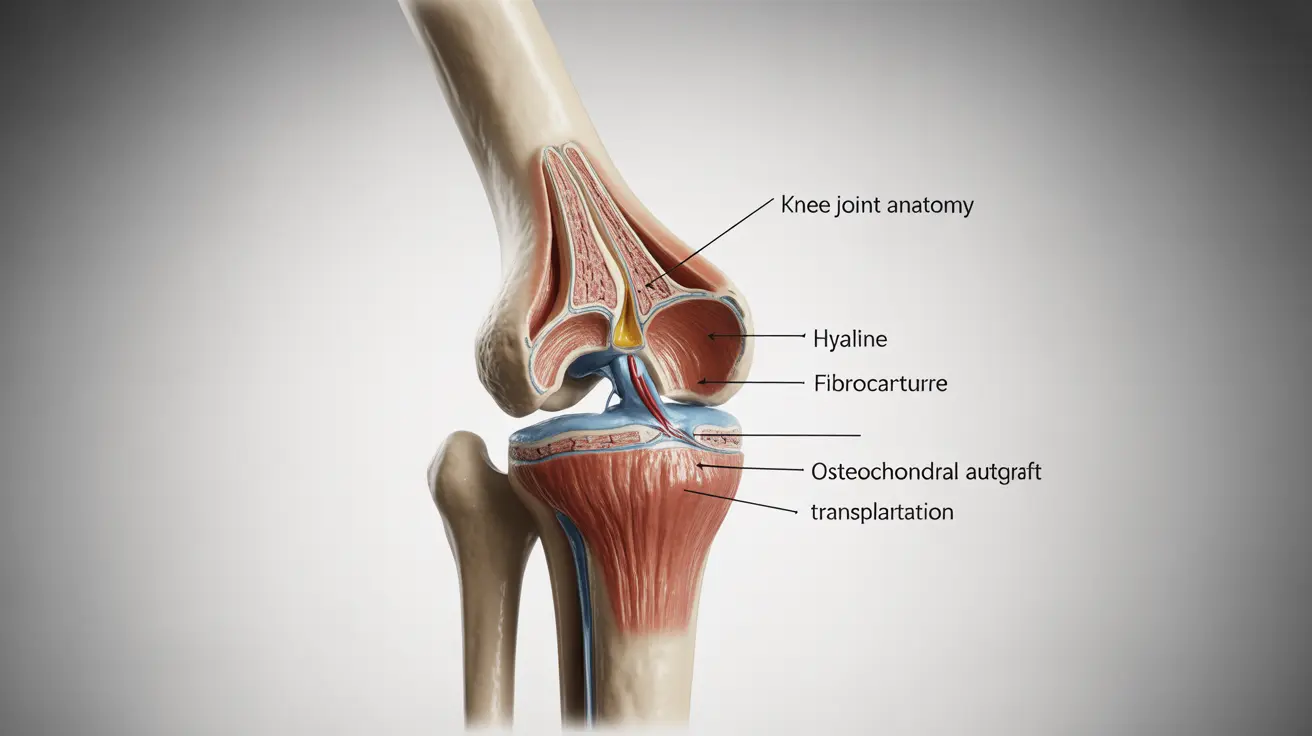The serum urea level is a key marker of kidney function, measuring the amount of urea in the blood. Urea is produced when proteins break down, and it is filtered out of the blood by the kidneys. Understanding whether serum urea levels are high or low provides crucial insights into a person’s kidney and overall health.
- High Serum Urea Levels:
- Kidney Dysfunction: High levels can indicate that the kidneys are not efficiently removing waste, often seen in conditions like chronic kidney disease or acute kidney injury.
- Dehydration: When the body is dehydrated, serum urea levels can rise due to decreased fluid volume, causing concentrated urea in the blood.
- Heart Failure: Conditions that affect blood flow to the kidneys, like heart failure, can also elevate serum urea levels.
- Low Serum Urea Levels:
- Liver Disease: Since urea is produced in the liver, liver damage or dysfunction can result in reduced production of urea.
- Malnutrition: A low-protein diet or severe malnutrition may lead to lower-than-normal urea levels due to reduced protein metabolism.
- Overhydration: Drinking excessive water dilutes the urea concentration in the blood, potentially leading to falsely low urea levels.
Understanding these results helps doctors evaluate kidney and liver function, as well as overall metabolic health. Serum urea levels should be interpreted alongside other tests, such as creatinine, to form a more complete picture of kidney function.
c) Recommended Tests:
- Creatinine Test
Creatinine levels, when measured alongside urea, provide a more complete assessment of kidney function, helping to identify potential issues with waste filtration.
Creatinine Test - Estimated Glomerular Filtration Rate (eGFR)
The eGFR test measures how well the kidneys are filtering waste from the blood, offering a detailed evaluation of kidney health in conjunction with urea levels.
eGFR Test




